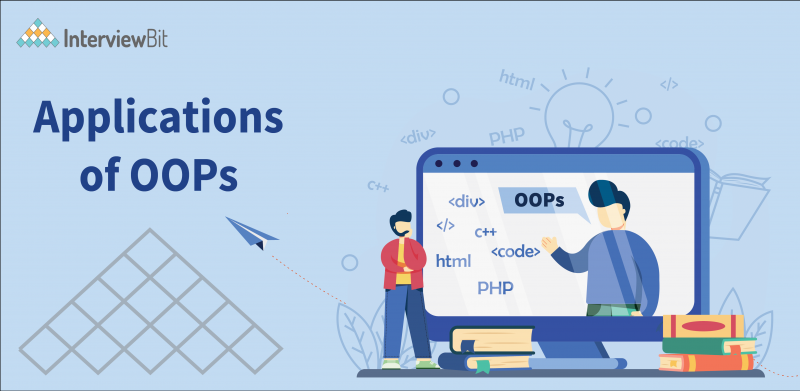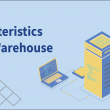Introduction
When we are just starting off with our programming journey, the very first concept taught to us is flowcharts and how a computer program executes in a top-down manner. We are taught that by writing code we are instructing computers on how to finish a task step by step. The paradigm is called procedural programming and it uses a top-down approach. Basically, procedural programming involves dividing the program into various procedures/functions/routines. While procedural programming is an excellent choice for general-purpose programming, it comes with an added disadvantage of non-reusable code, and also the data is exposed to the whole program making it vulnerable in terms of security aspects.
To solve the drawbacks of Procedural Programming we have object-oriented programming. In Object-oriented programming, everything is viewed in terms of classes and objects. The software program is structured into simple and reusable pieces of code. OOPs is one of the widely used programming paradigms adopted by software developers. In this blog, we will look at some of the applications of OOPs in the real world. Before moving to the applications, it is essential to have a clear understanding of OOPs.
What is OOPs
Object-Oriented Programming (OOP) is a programming paradigm that relies on the concept of classes and objects. It is used to structure a software program into simple, reusable pieces of code blueprints (usually called classes), which are used to create individual instances of objects. There are many concepts of OOPs such as inheritance, data binding, polymorphism, etc. The programming paradigm where everything is represented as an object is known as a truly object-oriented programming language. Smalltalk is considered the first truly object-oriented programming language
Confused about your next job?
- Objects: Any entity that has state and behavior is known as an object, for example, tables, pen etc. It can be defined as an instance of class, it contains an address and takes up some space in memory. They can communicate with each other without knowing the details of each other’s data or code.
- Class: Collection of multiple objects is called class, It is a blueprint from which you can create an individual object. They represent broad categories that share attributes.
- Inheritance: When one class acquires all the properties and behaviors of a parent object, it is known as inheritance. It provides code reusability.
- Polymorphism: Polymorphism means having many forms, It is the ability of an object to take on many forms.
- Abstraction: It is the property by virtue of which only the essential details are displayed to the user, the non-essential details are hidden from the end users.
- Encapsulation: It is defined as the wrapping up of data under a single unit. It is the mechanism that binds together code and the data it manipulates.
There are many advantages of OOPs like reusability, data redundancy, code maintenance, security, better productivity, and design benefits.
Application of OOPs
Now we have a basic idea of what object-oriented programming means, now let’s look at some of the applications of OOPs.
Real Time Systems
The term “real-time system” refers to any information processing system with hardware and software components that perform real-time application functions and can respond to events within predictable and specific time constraints. For real-time computing, timeliness and time synchronization are the two requirements. Timeliness means the ability to produce the expected result by a specific deadline and time synchronization means the capability of agents to coordinate independent clocks and operate together in unison. Using Object-oriented technology, we can develop real-time systems, this will offer adaptability, ease of modifications, reusability for the code. There is a lot of complexity involved in designing real-time systems, OOP techniques make it easier to handle those complexities.
Client Server System
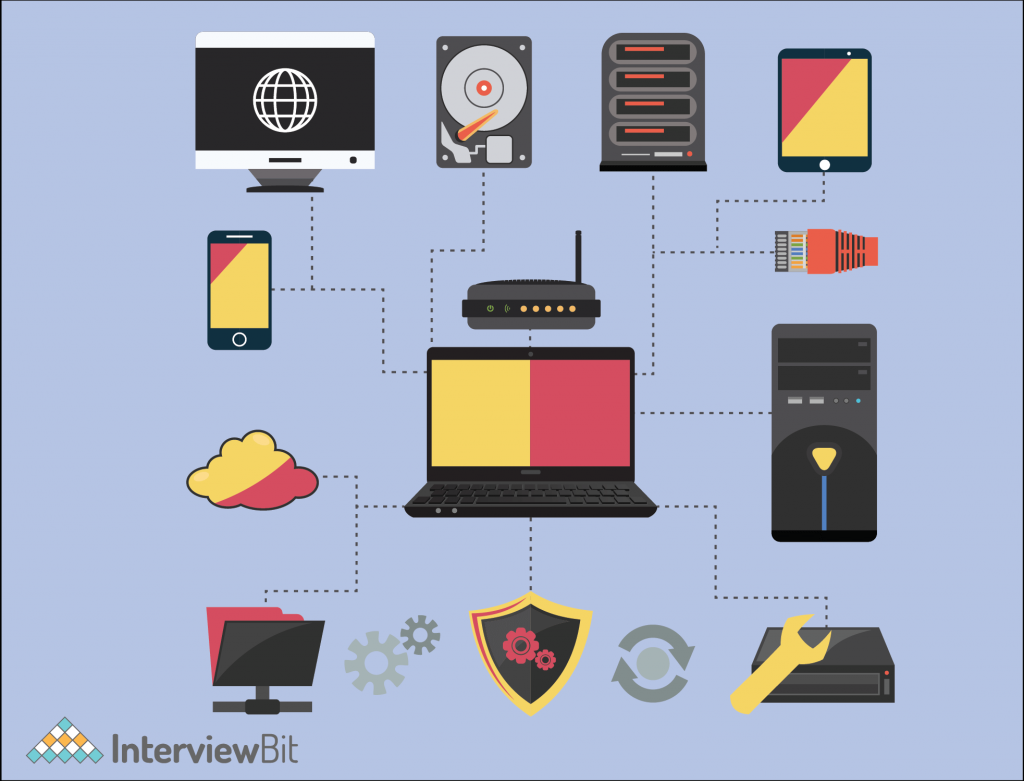
The client-server systems are those that involve a relationship between cooperating programs in an application. In general, the clients will initiate requests for services and the servers will provide that functionality. The client and server either reside in the same system or communicate with each other through a computer network or the internet.
The concepts of OOPs are quite useful when designing client-server systems. Object-oriented client-server systems are used to provide the IT Infrastructure that creates Object-oriented server internet or the OCSI applications. The infrastructure refers to the operating systems, networks, and hardware. OCSI contains the following main technologies
- The Client Server
- Object Oriented Programming
- The Internet
Hypertext and Hypermedia
Hypertext is non-linear, multi-sequential, a cross-referencing tool that connects the links to other texts, Example of Hypertext is that InterviewBit, when we read one article it uses hypertext to link other pages and when we click on that hypertext it takes to us to that page so that we can gather more information related to the topic. Hypermedia is the extension to hypertext including multiple forms of media like graphics, text, audio, and video, etc. An example of hypermedia is that when we use an e-commerce site say Amazon and when we click on any product it takes us to the specific product page which belongs to that. So here the link is embedded in the image.OOP also helps in laying the framework for hypertext and hypermedia
Object Oriented Database
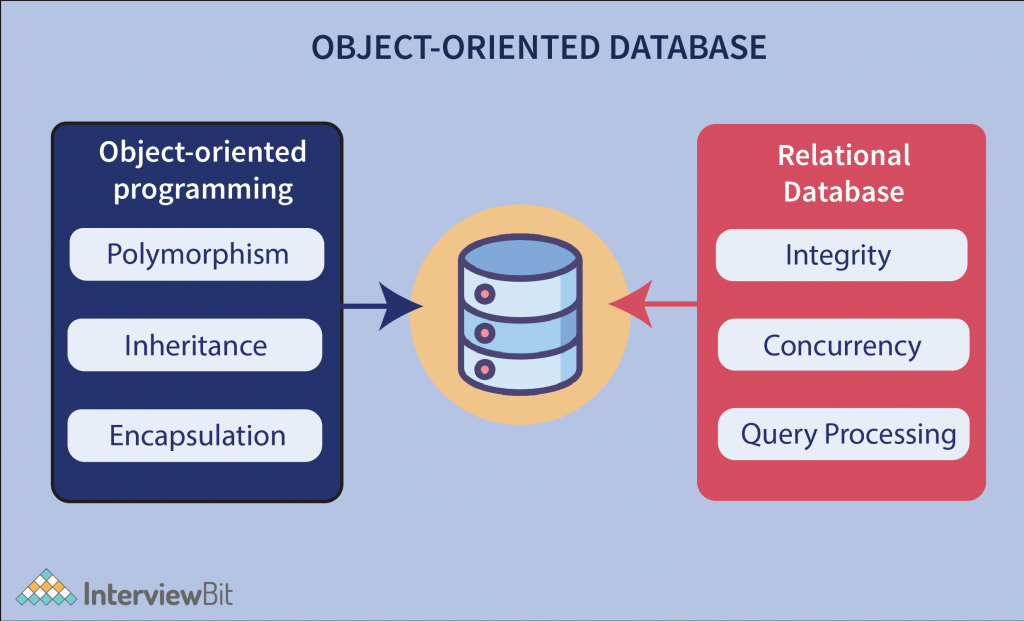
Nowadays each and every data is being stored and processed, the traditional model of storing data i.e the relational model stores each and every piece of data in tables that consist of rows and columns. However as complexity grows, storing in the form of tables becomes quite cumbersome, here the need for storing in the form of real-world objects comes into the picture. These databases try to maintain a direct correspondence between the real-world and database objects in order to let the object retain its identity and integrity. They can then be identified and operated upon.
A popular example of object-oriented databases is MongoDB.
Neural Networks and Parallel Programming
A neural network is a series of algorithms that endeavors to recognize underlying relationships in a set of data through a process that mimics the way the human brain operates. In this sense, neural networks refer to systems of neurons, either organic or artificial in nature.
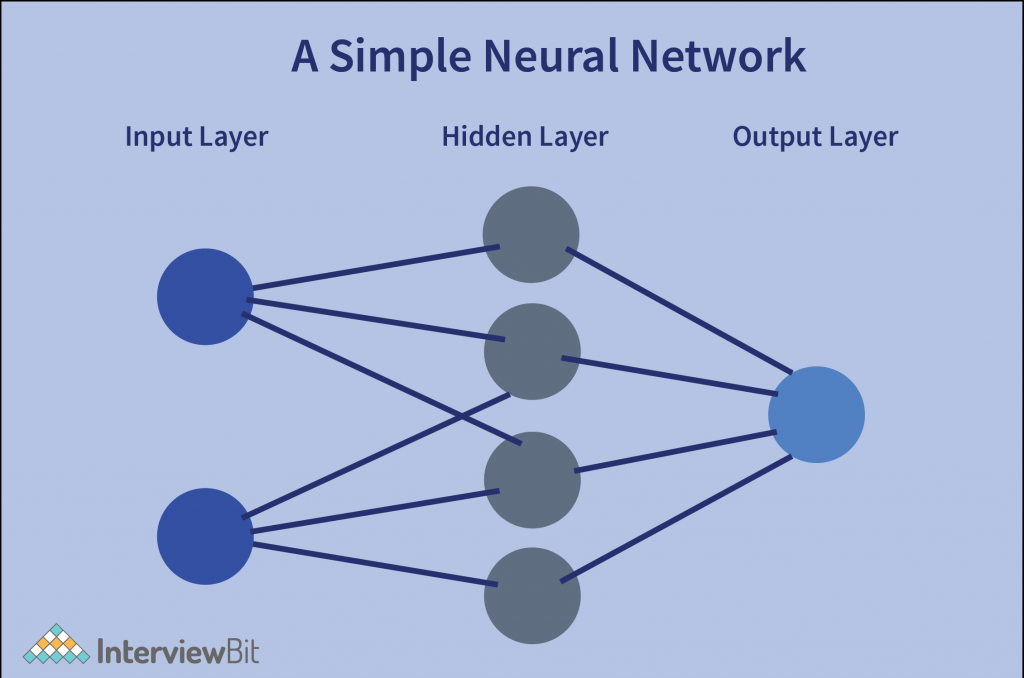
Parallel programming involves the division of a problem into smaller subproblems, the subproblems can be executed at the same time using multiple computing resources. OOPs, are used to simplify the process by simplifying the approximation and prediction ability of the network.
AI Expert Systems
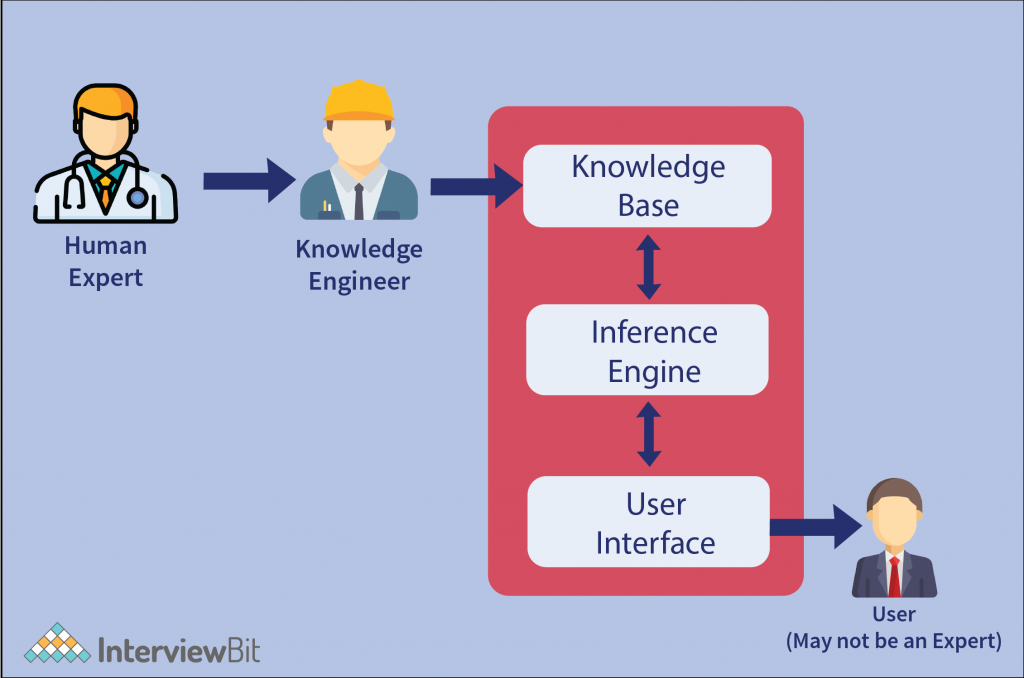
An AI Expert system is the one that simulates the decision-making ability of a human expert, the expert knowledge can be increased using different add-ons to the knowledge base or in simple words the addition of rules. For example, PXDES is an expert system that predicts the degree and type of lung cancer. There are many expert systems out there.
OOPs, power the development of such AI Expert systems, To AI systems use forward and backward chaining to reach a conclusion. Basically, the chaining involves a chain of conditions and derivations to deduce the outcome. An AI system has to be reliable, highly responsive, and offers a high performance, to power such capabilities OOPs are used.
Simulation and Modeling System
Modeling a complex system is quite difficult owing to the varying specifications of the variables, such types of systems are prevalent in medicine and in other areas of natural science, like zoology, ecology, and agronomic systems. Simulation and modeling systems are the imitations of the real world product. The system’s workings can be checked and analyzed using object-oriented programming.
A good example of a simulation and modeling system is of automobiles such as cars, Once the model of the car structure is developed by the engineer’s team, as and when they feel that the product is good to go they can release the product. OOP provides an appropriate approach for simplifying these complex models.
Office Automation Systems
Nowadays companies use automated systems to share information and communication to and from the people inside and outside the organization. There are various works in the office for which the employees can be replaced by automated robots and these works are generally time-consuming and hard work. The company can reduce its cost expenses by developing such a system.
To develop office automation systems, robot programming automation or RPA is used. RPA uses Object-oriented programming.
CIM/CAD/CAM Systems
OOP can also be used in manufacturing and designing applications as it allows people to reduce the efforts involved. For instance, it can be used while designing blueprints and flowcharts. So it makes it possible to produce these flowcharts and blueprint accurately.
Computer Aided Designs
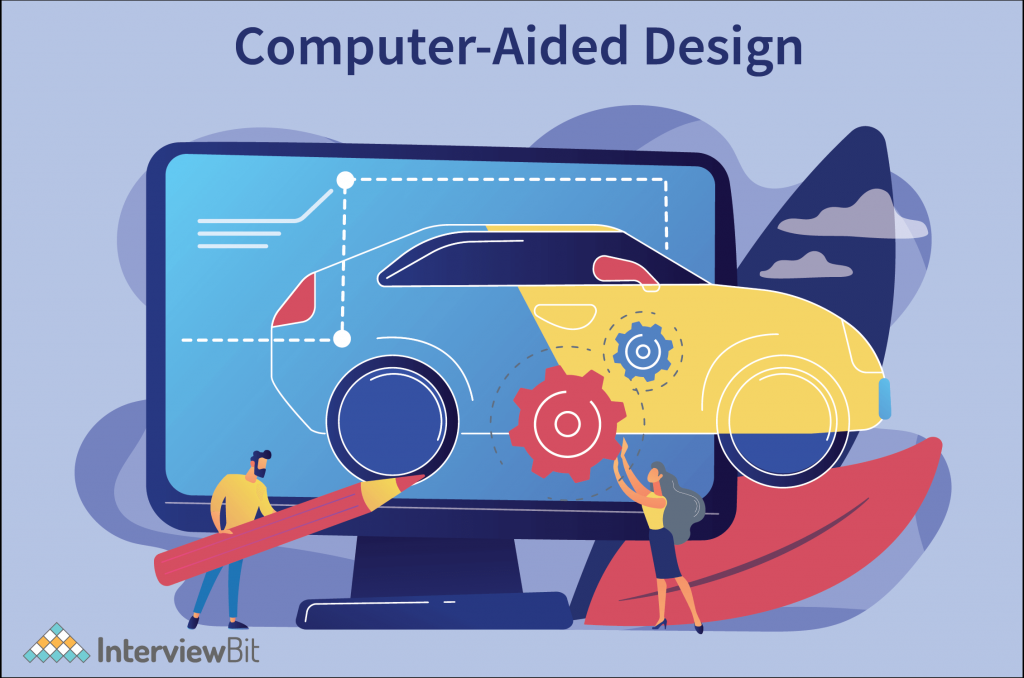
As per Wikipedia, Computer-aided design (CAD) is the use of computers (or workstations) to aid in the creation, modification, analysis, or optimization of a design. In mechanical design, it is known as mechanical design automation (MDA), which includes the process of creating a technical drawing with the use of computer software.
One of the good examples of computer-aided design is Matlab. It is used by the programmers to solve difficult mathematical models, these models are then used in bigger system designs to check whether the system will function as expected or not
Conclusion
In this blog, we discussed OOPs and learned about some applications of OOPs. Object-oriented programming is an important topic to prepare for an interview, in addition knowing the applications of OOPs will give you an added advantage. Hope that helps.
Although we have tried to cover each and every possible application that we feel should make their place, feel free to correct us in case you find anything wrong, by writing your thoughts in the comment section, We will be happy to hear from you.
FAQs
1. Where do we use OOPs concepts in real life?
Ans 1. The main application areas of OOP are User interface design such as windows and menus. Real-Time Systems. Simulation and Modeling.
How OOPs is related to the real world?
Ans 2. The object-oriented programming concept revolves around real-world objects and their usages. OOP allows us to break our problems into a small unit of work that is represented via objects and their functions
Q. What are the benefits of object-oriented methodology in real-life applications?
Ans 3. Using object-oriented methodology in real-life applications gives modularity for easier troubleshooting, reusability of code, flexibility through polymorphism, and effective problem-solving.


